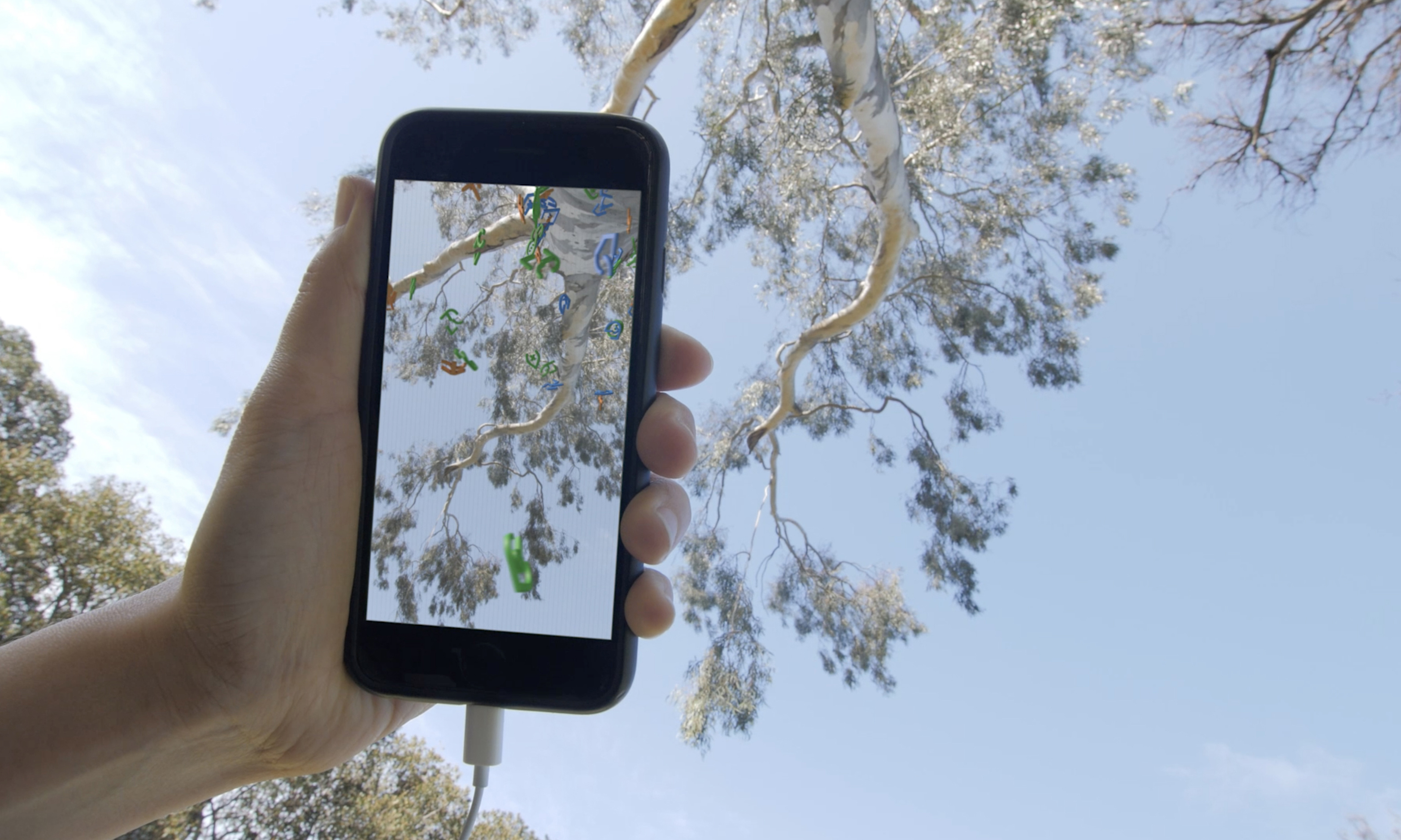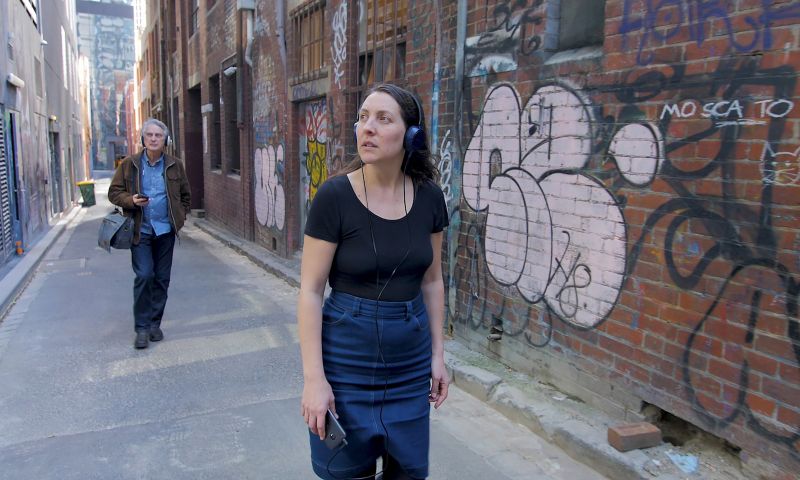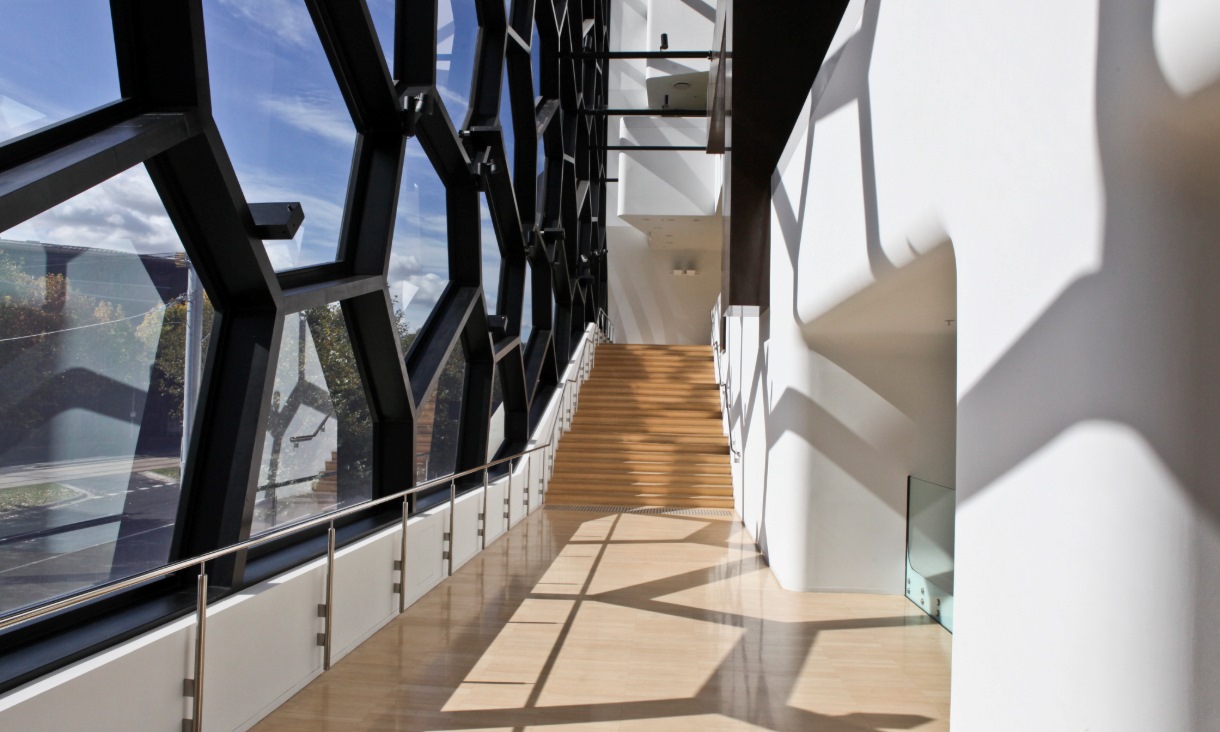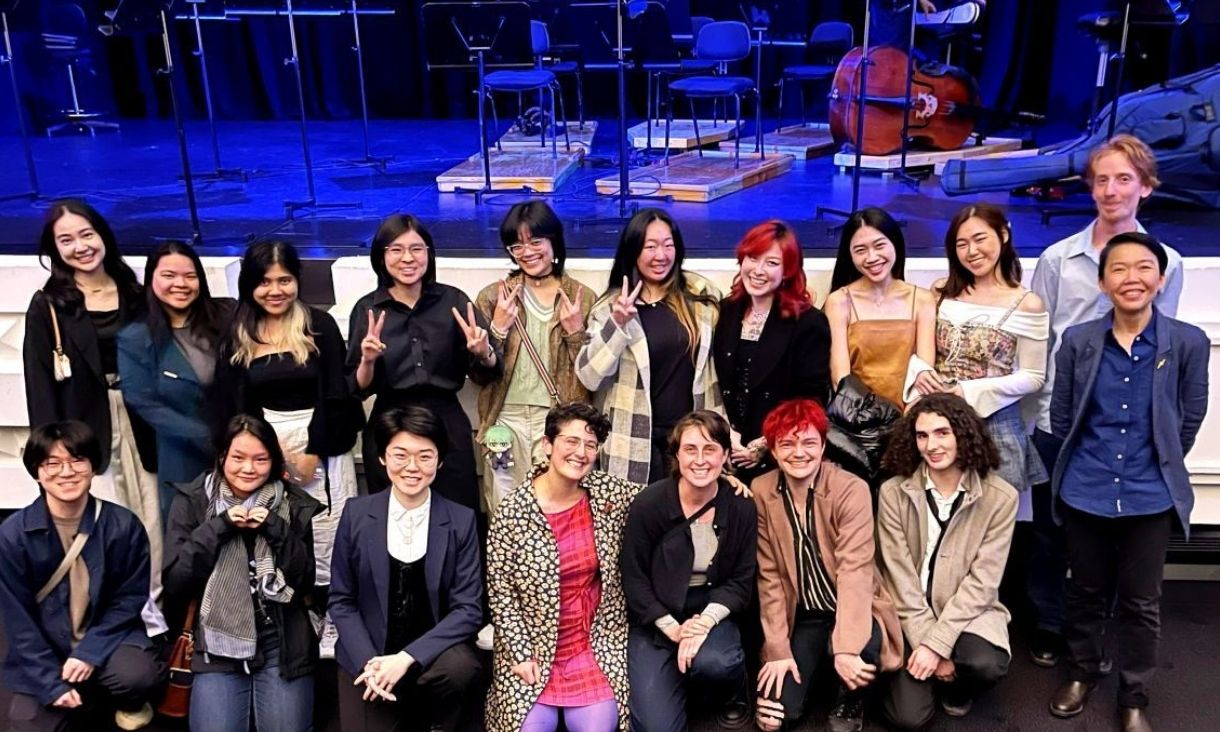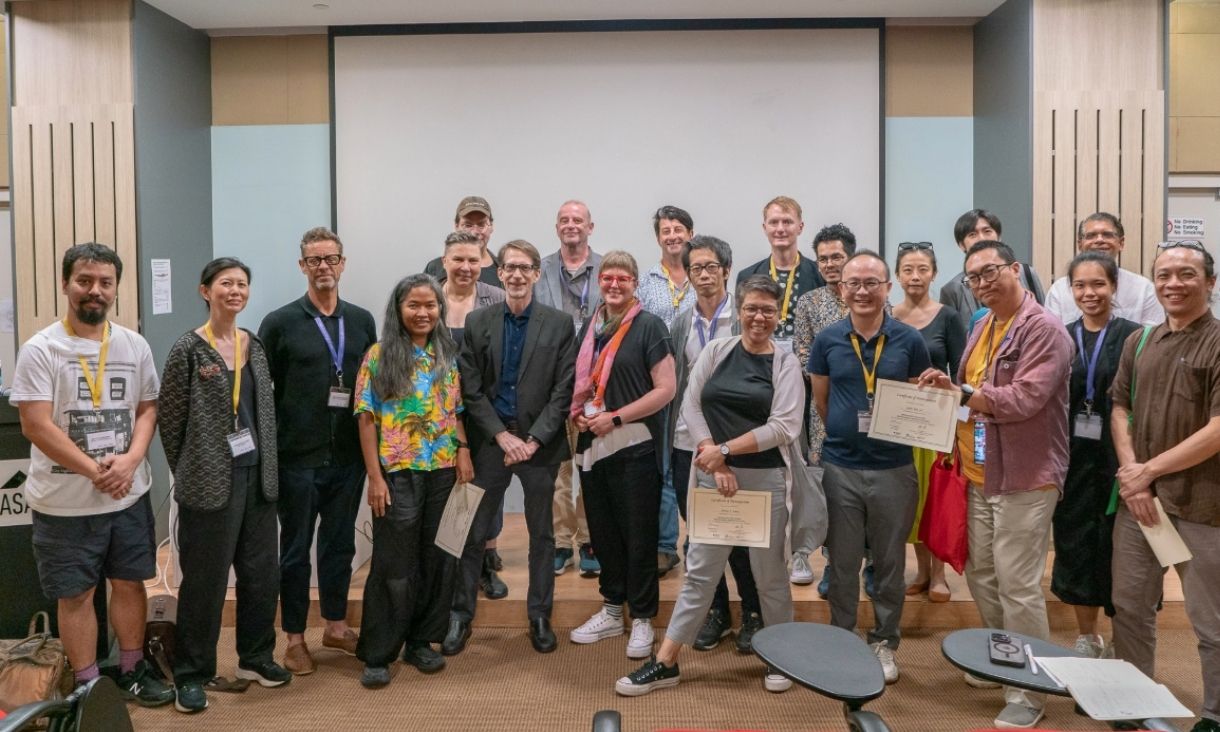Inviting adults to play is a tricky business as the main cultural reference point is videogames, predominately situated as entertainment. Though while play can be fun, it can also be challenging, critical, evocative and emotive.
RMIT researchers including N’arweet Carolyn Briggs have already produced TIMeR, a narrated audiowalk that reveals RMIT’s hidden Indigenous history, inviting listeners to reimagine RMIT's City campus.
Users are prompted to scan geometric tags around the campus to hear stories that reveal alternate cartographies of the landscape, inviting a reimagining of familiar sites.
Innocent said this combination of ancient knowledge and new technology was already expanding the ways in which playable cities connect people and place.
The International Playable City programme, which includes cities as diverse as Tokyo, Austin and Lagos, is lead by Hilary O’Shaughnessy from UK based digital creativity centre, Watershed.
O’Shaughnessy said the she was very excited to welcome partners including RMIT, the Australian Centre for the Moving Image (ACMI), British Council and others to deliver and shape a Playable City Programme for Melbourne.
“Melbourne is an incredible city, full of exciting possibilities, a thriving creative sector and a growing multicultural population with an appetite for new exciting creative technology ideas,” she said.
“These are the perfect ingredients for a Playable City. We know Melbourne Is liveable, now let’s make it playable.”
A demo of 64 Ways of Being, the first Playable City Melbourne experience, will be at PAX Rising during Melbourne’s biggest gaming event this weekend. It combines live art, game design and public art to explore Melbourne’s cultural and linguistic diversity.
Melbourne International Games Week runs from 5-13 October 2019. The Playable City Melbourne event is being held on Thursday 10 October at The Capitol is open to the public.
Story: Grace Taylor
